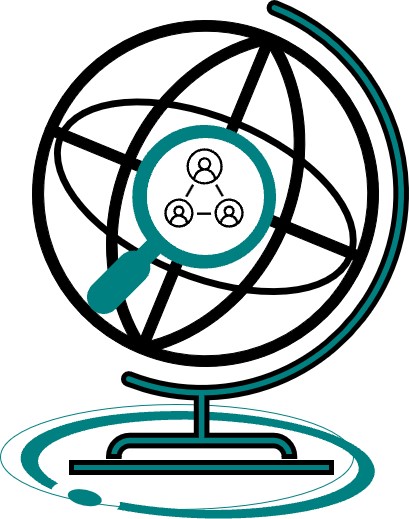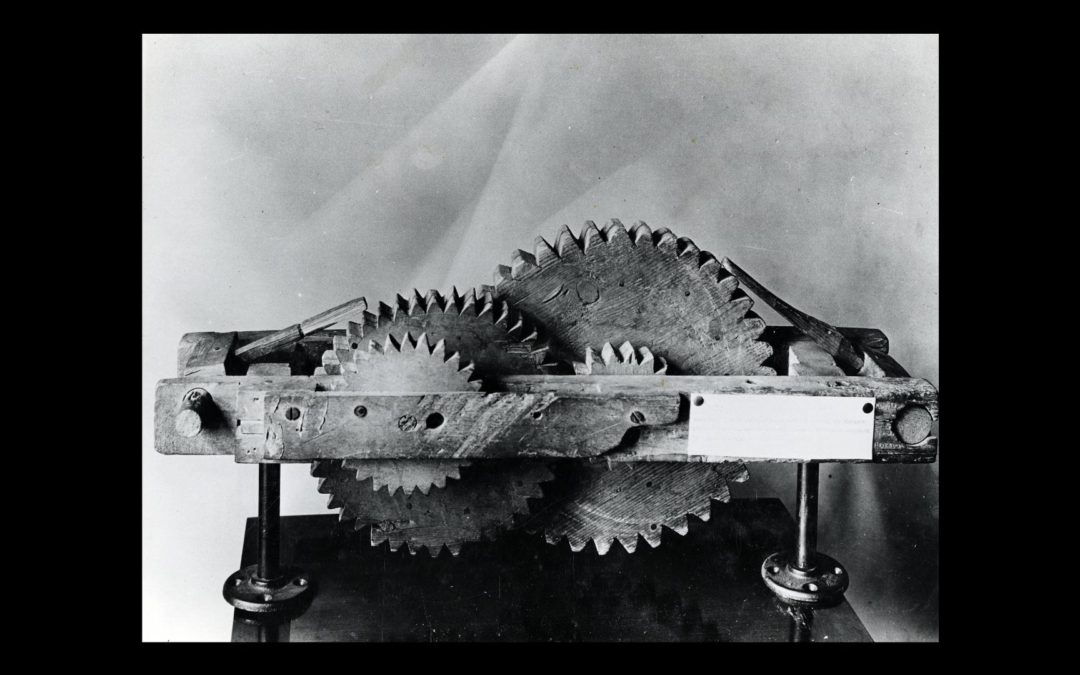This weekly series provides a view into various archives and their importance for genealogical research. This week’s selection is the Digital Public Library of America (DPLA). This digital endeavor started in April 2013 to act as an open, distributed national digital library. It has become a central gateway, a one-stop approach to provide users access to over 52 million items across the DPLA national network.
Their strategy has recently been revised to ensure “access to everyone”, even ensuring recently banned books are accessible. Read more about the history of DPLA and the recent changes they have made in their strategy to address important, timely topics.
Family Research:
Within a genealogical view, there is a section on the home page (towards the bottom, “How Can I Use DPLA”), which provides the user a path towards studying Family Research. This guide provides tips and specific collections which may be of interest, like family photographs and bibles, military records, and yearbooks, to name a few. Once inside any of the collections, a navigation pane on the left allows the user to narrow the focus by location, by time period, and other selections.
Primary Source Sets:
DPLA also offer collections and exhibitions addressing historical context which may be helpful when researching an ancestor. Their Primary Source Sets are designed with an attention to educators, but are also very helpful for anyone studying the history in which an ancestor lived. These sets come with the materials, a section with additional resources, and even teaching guides to help learn the material; a great bonus! How can we truly understand ancestors and their decisions without delving into the circumstances in which they lived?
The Primary Source Sets are grouped by Subject, then Time Period. For instance, a genealogist might want to understand the travels their ancestors made to reach the destination of their current family. Selecting “Migration” as the Subject Area, then picking a Time Period like the “Expansion and Reform (1801-1861)” reveals three sets:
– The California Gold Rush with letters, maps, photographs, and book excerpts, which includes one that details the supplies required for the journey from St. Joseph, Missouri to California, plus directions (with the number of miles between landmarks).
– Mormon Migration with letters, a diary, maps, drawings, photographs (even one of a shawl from that time), and booklet writings. One of the photographs, a “roadometer“, was an invention created to measure the distance traveled by a wagon, which was then used to create a booklet (“The Latter-day Saints’ Emigrants’ Guide“) which listed distances between landmarks, measured by this device.
– Cherokee Removal and the Trail of Tears, is similar to the above sets with materials, however the topic is difficult in context due to the debate between the representatives for the U.S. Government and the Cherokee tribes. To best capture the struggles of these Native Americans as they left their homes, use the teaching guide and additional resources as you read the letters. Descendants who have Native American ancestry may know of these struggles, however, there were many who were never told of the emotional toll; these documents help with that understanding.
Exhibitions:
Another area of DPLA to review is the Exhibitions section. For genealogists, topics of historical significance align to experiences our ancestors may have encountered. Some of these topics are included in this section:
– WWII and the state of Georgia (for aviation manufacturing, military training and deployment centers, and army airfields),
– Building the first transcontinental railroad and the use of Chinese immigrants for the construction, and
– the conflict between the North and the South in the American Civil War.
Contact SYFT:
If you need any help navigating this site, I’m happy to talk through the conversations and offer advice. You can fill out the Contact Me! form or email me directly at shapingyourfamilytree@gmail.com.
Images. Photograph. Mormon Migrations. “Roadometer P.1; No. 9447,” Digital Public Library of America, courtesy of Utah State Historical Society via Mountain West Digital Library. https://dp.la/item/adbaade507ab7a8c244ab4ab5a99ce53 : accessed 28 August 2023.

